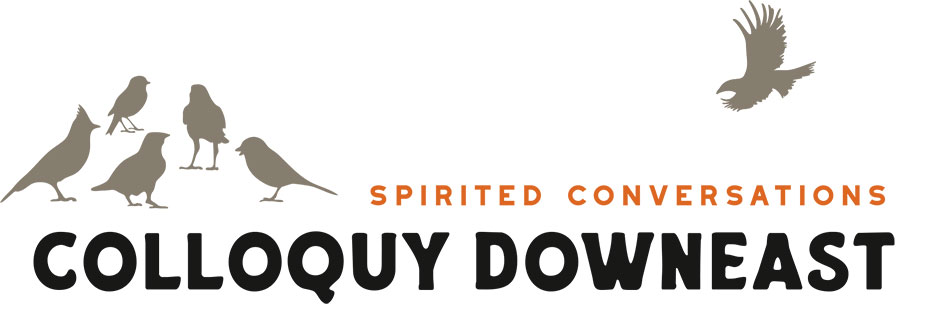Mary Shelley’s Frankenstein, or The Modern Prometheus
| |||||||||
We will read and discuss the original 1818 version of Mary Shelley’s Frankenstein. The novel overflows with endlessly fascinating themes: beauty and horror; creation and responsibility; friendship and fiendship; belonging and alienation; social justice; dangerous knowledge; revenge; the limits of ambition. The writing is tantalizing: an epistolary novel with multiple embedded narratives.
Mary Wollestonecraft Shelley (1797-1851) wrote Frankenstein, or The Modern Prometheus in 1816 while on a trip to Lake Geneva with her future husband, Percy Bysshe Shelley, and friends, including Lord Byron. It was published anonymously in 1818; Shelley subsequently made extensive revisions to it in 1831.
Liffey Thorpe grew up in Washington D.C. She studied at St. John’s College, Annapolis, then earned a B.A. in Greek and a Ph.D. in Classics from Stanford University. She taught Classics at Earham College for 25 years. She and her husband, Peter Suber, moved to Brooksville with their two daughters in 2003. Liffey taught English, Philosophy, and Latin at George Stevens Academy until 2008, and then served as the school’s Communications Director until 2019.
Syllabus/Reading
Syllabus
Frankenstein The 1818 Text (Penguin Classics), Mary Shelley, Author; Charlotte Gordon, Introduction
Session 1: Discuss Volume One – Letters (Dec 11, Mar 28, July 7, Aug 5); Chapters 1-8
Session 2: Discuss Volume Two – Chapters 1-9
Session 3: Discuss Volume Three – Chapters 1-7 and Letters (Aug 26, Sep 2, 5, 7, 12)
Session 4: To be determined.
▼ Registration


